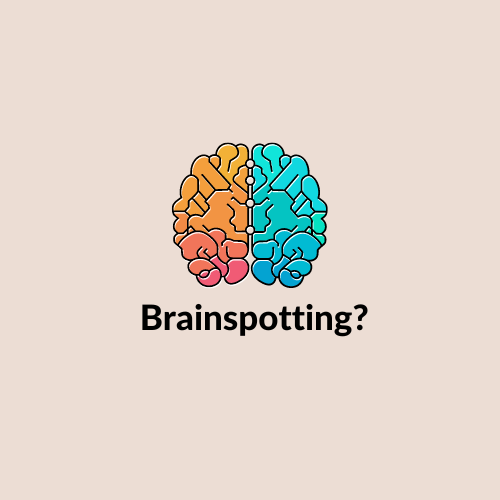Brainspotting is an innovative form of therapy that has proven beneficial in overcoming traumatic experiences, overwhelming emotions, and a wide range of other challenges. While it is often considered a go-to therapy solution by counselors, few clients have ever heard of brainspotting, and many who do hear about it find themselves thinking this treatment option sounds almost as frightening as the concerns they’re already struggling with. In this blog, we’ll go through just what brainspotting is, who it helps, and what happens during brainspotting therapy sessions.
What Is Brainspotting?
The development of brainspotting began as an innovation on the practice of eye movement desensitization and reprocessing (EMDR). EMDR is a trauma therapy that combines discussion and processing of traumatic memories with bilateral (side to side) stimulation. In many cases, this stimulation involves moving the eyes back and forth. During one such session, a therapist, Dr. David Grand, noticed that fixing his client’s gaze in a specific position caused trauma memories and related emotions to emerge more fully. He referred to this eye position as a brainspot. When focused there, the therapist could guide the individual through a discussion of their concerns and techniques to process the thoughts and emotions. Brainspotting is considered effective for the short-term resolution of a variety of emotional and cognitive concerns. In many cases, people see significant improvement after just three sessions. Some research also indicates that clients saw continued improvement for months following their final brainspotting sessions.
What Does Brainspotting Help With?
Brainspotting was originally developed to address the impact of trauma. Since the original development, brainspotting is now used as part of therapy for a range of conditions, including:
• Trauma
• Post-traumatic stress disorder (PTSD)
• Complex trauma
• Depression
• Anxiety
• Phobia
• Dissociative disorders
• Emotional dysregulation and mood swings
• Issues developing healthy attachments
• Addiction and substance use disorders
How Does Brainspotting Help?
During a brainspotting session, the therapist works with their client to think about a specific triggering thought, emotion, or memory. As they’re thinking and talking about these targeted experiences, the therapist will guide eye movement, searching for the brainspot where the underlying target memory seems to produce the strongest response. This is where the body and mind have stored the pain of trauma and other concerns. This will be the focus as you continue to talk through the target experience. Focusing on this brainspot can unleash overwhelming and potentially frightening emotional responses. As emotions are released, your therapist will help you find a place of safety and calm to continue processing and healing the targeted experience. Before you leave your session, your therapist will ensure you feel calm and safe to move back out into the world. Even after your session ends, your brain and body will continue to do the work started during a brainspotting session. This can lead to feelings of exhaustion and fatigue for a few days after therapy sessions. As you continue with the work of therapy, your mind and body will continue to process, heal, and repair themselves, leading to a greater and greater sense of relief and contentment.
How Do I Get Started?
If you’re interested in learning more about brainspotting and other therapy resources offered at Lotus Psychology Group, don’t hesitate to get in touch by calling (248) 957-8973, emailing info@lotuspsychgroup.com, or completing our contact form. We’ll be happy to schedule a session or simply set up a short consultation call to answer any questions you have about our services.


